Video games have become a dominant force in entertainment, transcending generations and cultures. The medium has evolved from humble beginnings into a multi-billion-dollar industry, shaping how we interact with technology and each other. The journey from pixelated screens to hyper-realistic 3D worlds has been both fascinating and complex. Let’s explore the rich history and evolution of video games.
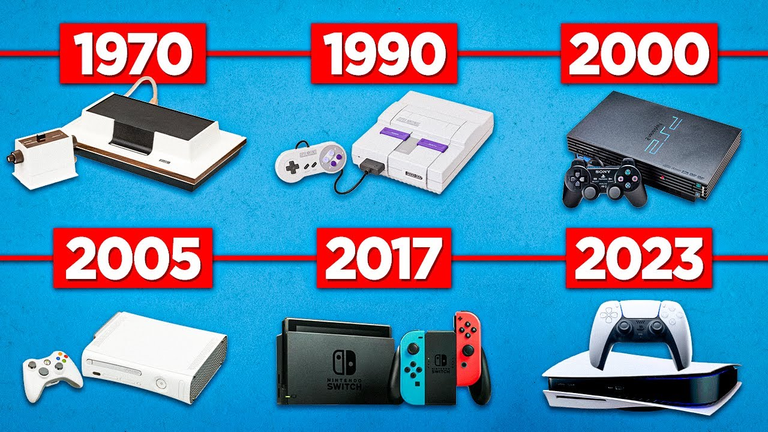
The Dawn of Video Games: The 1950s-1970s
Video games, as we know them today, have their roots in the 1950s. Early experiments with interactive computer graphics paved the way for what would eventually become the video game industry. In 1952, a British computer scientist named A.S. Douglas created OXO, a version of tic-tac-toe on the EDSAC computer, marking one of the first interactive graphical games. Around the same time, computer scientists and physicists were experimenting with creating simulations for fun.
In 1958, physicist William Higinbotham created Tennis for Two, an early simulation of tennis, displayed on an oscilloscope. While it was rudimentary, it captivated viewers and hinted at the potential for entertainment in interactive computing.

However, it was in 1972 when video games truly began to catch the public’s eye. Pong, developed by Atari's Nolan Bushnell, was the first commercially successful arcade game. It was simple — two paddles and a ball — but it revolutionized how people interacted with machines. Pong’s success helped to establish the video game industry and led to the creation of arcade machines, home consoles, and games designed for personal computers.
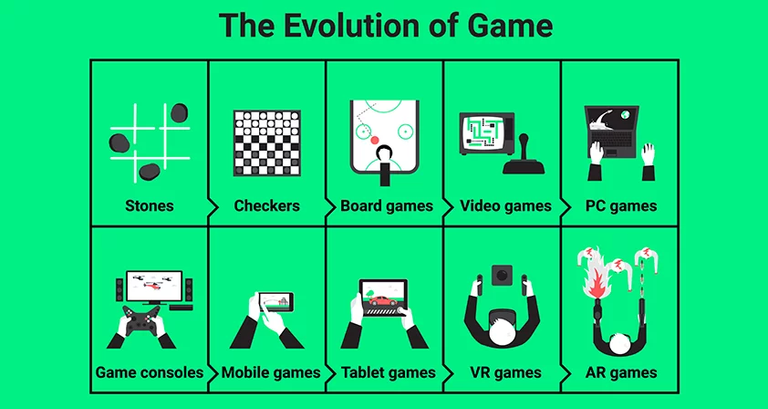
The Golden Age of Arcade Games: 1970s-1980s
The late 1970s and early 1980s marked the Golden Age of arcade video games. The success of Pong encouraged the development of more games that could be played in public spaces like arcades, bars, and restaurants.
In 1978, Space Invaders by Taito introduced the concept of scoring points by shooting enemies in a fixed shooting gallery. Its massive popularity proved that video games could not only entertain but also create competitive experiences.
1980 brought Pac-Man, one of the most iconic games in history, which introduced the concept of non-violent, maze-chasing gameplay. Pac-Man became a cultural phenomenon, bringing gaming into the mainstream. In the same year, Donkey Kong introduced the character that would later become Nintendo's mascot — Mario.
The 1980s also saw the birth of home consoles. The Atari 2600, released in 1977, was one of the first to bring arcade experiences to the living room. By 1985, Nintendo released the Nintendo Entertainment System (NES), which helped revive the gaming industry after the 1983 video game crash. With hits like Super Mario Bros., Zelda, and Metroid, the NES laid the foundation for future gaming franchises.
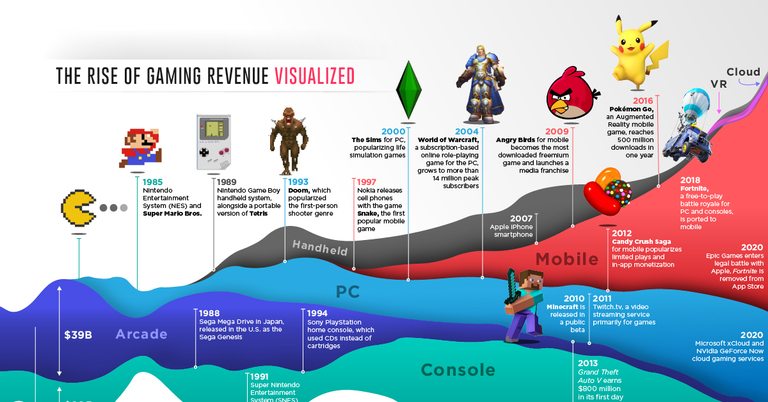
The 16-bit Revolution: 1990s
The 1990s marked the rise of 16-bit consoles, providing better graphics and sound than ever before. The Sega Genesis and the Super Nintendo Entertainment System (SNES) dominated the market, introducing players to beloved franchises like Sonic the Hedgehog and Super Mario World. These consoles represented a massive leap forward in technology, allowing games to become more detailed and immersive.
In 1991, Street Fighter II changed the way fighting games were played. It introduced character selection and complex move sets, and became a key player in the arcade fighting genre. Meanwhile, Mortal Kombat (1992) stirred controversy with its graphic violence, highlighting the growing complexity and maturity of video game content.
1993 was the year Doom was released, setting the stage for the first-person shooter (FPS) genre. Its 3D environments and multiplayer capabilities created a new wave of FPS games, influencing future titles such as Quake, Half-Life, and GoldenEye 007.
The 1990s also introduced handheld gaming, with Nintendo’s Game Boy becoming a staple in portable entertainment. The Game Boy’s release in 1989 helped push the idea that games could be enjoyed anytime, anywhere.
The Rise of 3D and the PlayStation Era: Late 1990s-Early 2000s
The late 1990s and early 2000s brought a massive leap in technology, with the introduction of 3D graphics that completely changed the visual and gameplay experience. Sony’s PlayStation (1994) revolutionized the way games were played with its advanced 3D capabilities and CD-ROM format, allowing for larger, more complex games.
Super Mario 64 (1996) became a defining title for 3D platformers, showcasing the potential of fully realized 3D environments. The game was critically acclaimed for its innovative controls and free-roaming mechanics, changing how players interacted with the game world.
Meanwhile, the Sega Dreamcast (1999) and Sony’s PlayStation 2 (2000) were leading consoles that enabled increasingly detailed open-world environments and cinematic experiences. Grand Theft Auto III (2001) set the stage for open-world games, offering players the freedom to explore vast cities and complete missions in any order.
Online multiplayer gaming became a significant part of the experience as well, with games like Halo 2 (2004) bringing millions of players together through Xbox Live.
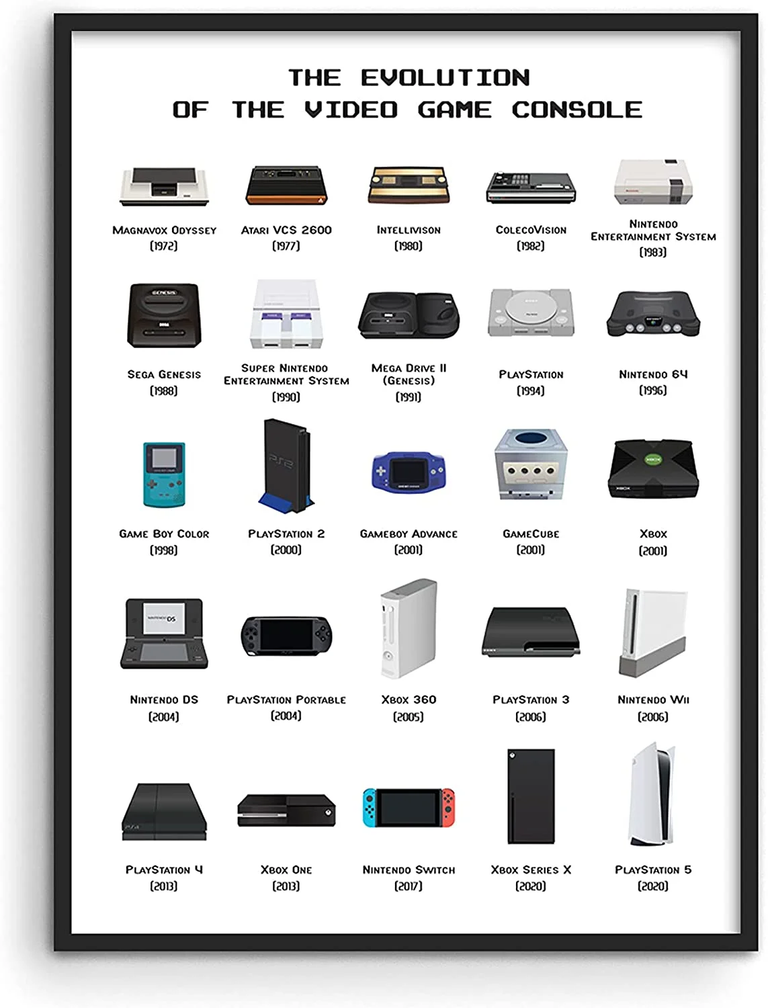
The HD Era and Online Revolution: 2000s-2010s
The 2000s marked the arrival of high-definition (HD) graphics, enabling developers to create visually stunning worlds. The release of the Xbox 360 (2005) and PlayStation 3 (2006) introduced the ability to play games in 720p and 1080p, a significant upgrade from the previous generation’s 480p.
Online gaming and digital distribution exploded in the 2000s. Services like Xbox Live and PlayStation Network connected gamers across the world, leading to the rise of massively multiplayer online games (MMOs) like World of Warcraft (2004). These games created persistent virtual worlds, allowing players to socialize and compete together in ways that had never been possible before.
Nintendo's Wii (2006) focused on innovative gameplay with its motion-sensing controller, revolutionizing how players interacted with games. It appealed to a broader, more casual audience, bringing gaming into homes that had never considered it before.
Meanwhile, mobile gaming took off with the rise of smartphones. Apple's App Store (2008) and Google Play Store provided a platform for small, accessible games, leading to hits like Angry Birds and Pokémon GO. This marked the beginning of a new era where gaming was no longer confined to consoles or PCs.
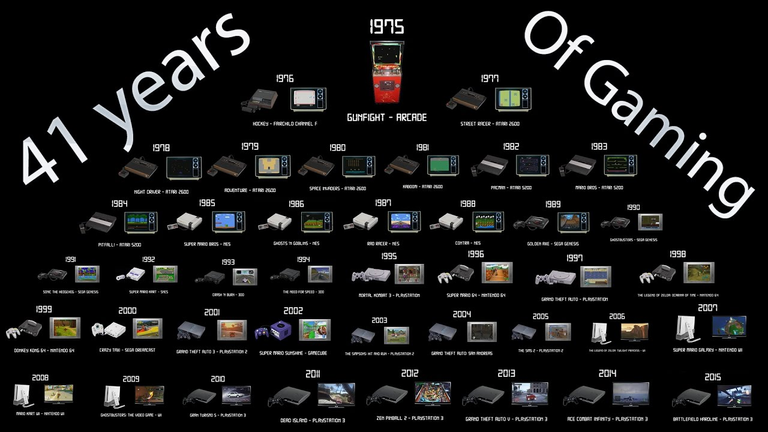
The Current Generation and Future of Gaming: 2010s-Present
The 2010s saw the introduction of even more powerful consoles like the PlayStation 4, Xbox One, and Nintendo Switch. Games became more immersive, complex, and interactive, thanks to advancements in artificial intelligence, photorealistic graphics, and storytelling.
Virtual reality (VR) gaming emerged as a new frontier, with devices like the Oculus Rift and PlayStation VR allowing players to experience games in completely new ways. The potential for VR to change gaming was exciting, offering a new level of immersion.
Cloud gaming and subscription services like Xbox Game Pass and PlayStation Plus have altered the landscape, offering players access to a library of games without the need to purchase each one individually.
Moreover, esports have transformed gaming into a spectator sport. Tournaments like League of Legends Worlds and The International for Dota 2 attract millions of viewers, turning gaming into a major form of global entertainment.
Looking forward, the next generation of consoles like the PlayStation 5 and Xbox Series X promises to take graphics and performance to unprecedented levels, with ray tracing, 8K resolution, and ultra-fast SSDs enhancing the gaming experience.
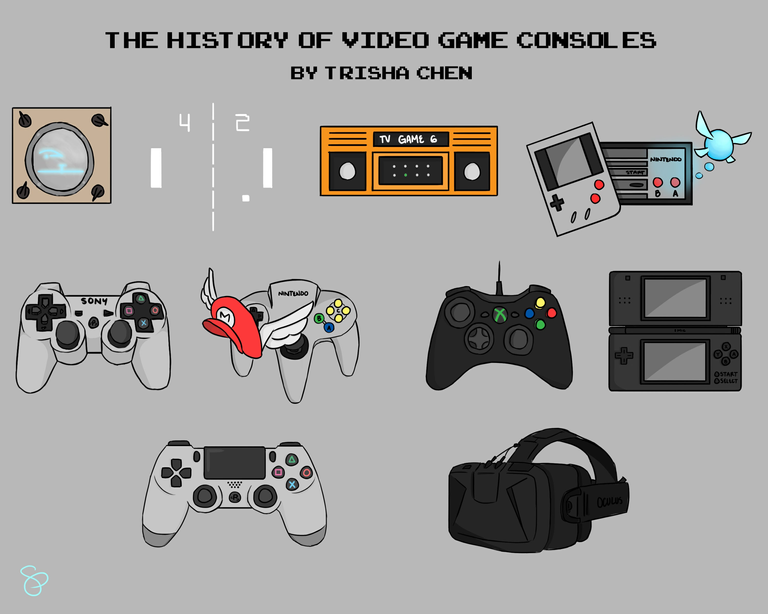
Conclusion: From Pixels to Hyperrealism
The evolution of video games from simple, pixelated graphics to hyper-realistic 3D worlds has been an exciting journey, marked by technological innovation and cultural shifts. Today, gaming is more accessible, diverse, and immersive than ever before, with players able to engage in experiences that span across genres, platforms, and devices.
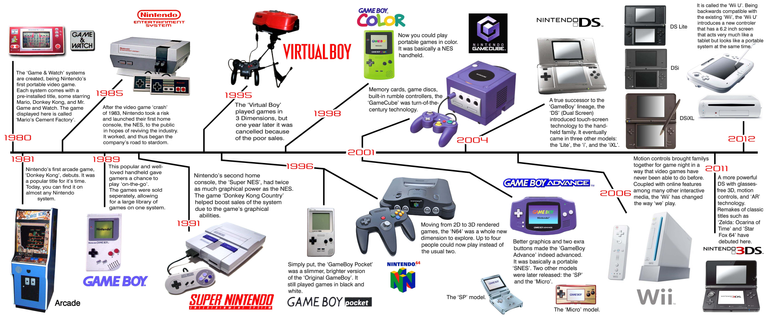
The future of video games looks brighter than ever, with advancements in artificial intelligence, virtual reality, and cloud gaming pushing the boundaries of what we can expect. No matter how technology evolves, one thing is clear: the gaming community and the medium will continue to evolve, entertain, and inspire for generations to come.